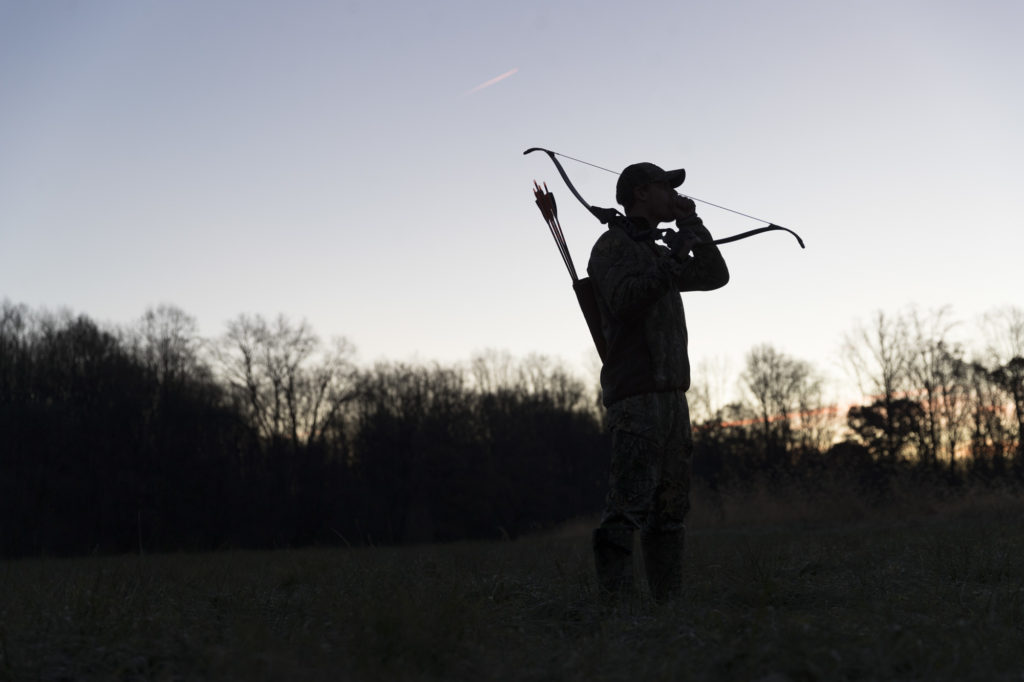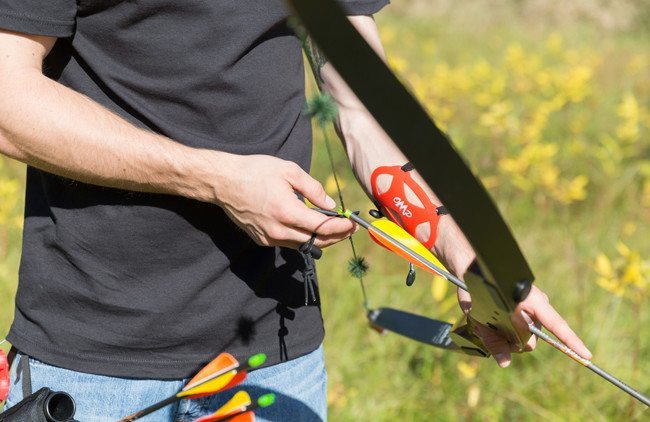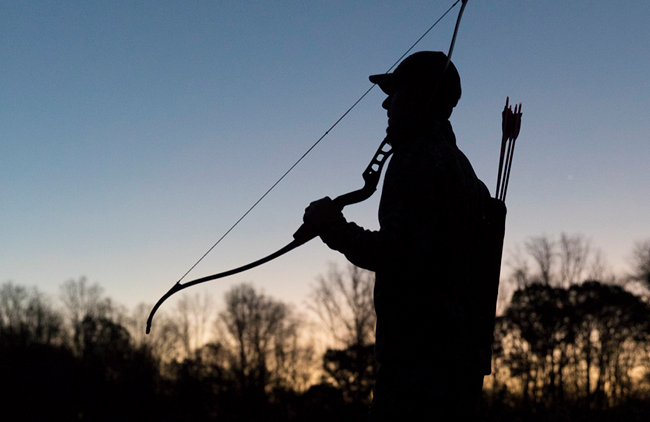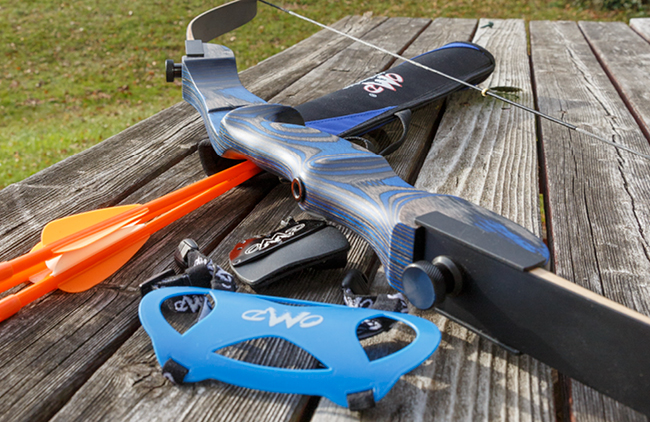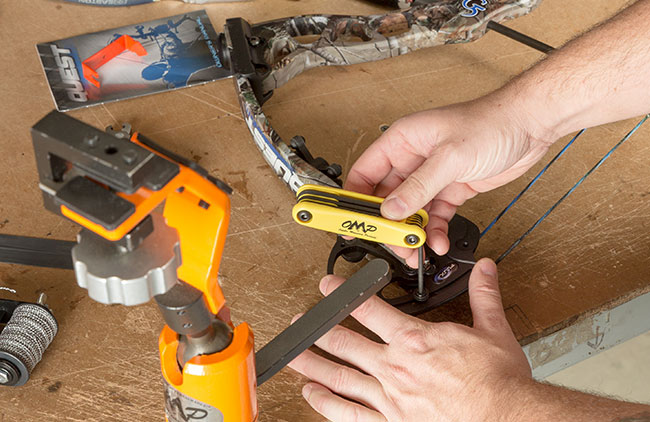How To Choose the Right Traditional Archery Bow
Longbows vs. Recurve Bows
Traditional archery is gaining interest as more archery enthusiasts and bowhunters are seeking new challenges and a more intimate experience with the sport.
We are proponents of all types of archery, be it crossbow, compound, or traditional. At October Mountain Products, we make products for each aspect of the archery industry.
But, the passion and dedication of traditional archers is something that we find inspirational and motivating.
If you are like us, and you’ve been bitten by the traditional archery bug, there are several things to consider before buying your first trad bow.
Fundamentally, it is important to understand some of the differences between longbows and recurves in order to get the type of bow that is right for you.
We’ve outlined a few key differences between longbows and recurve bows below.
Use this guide to help yourself start down the right path as you decide upon what bow type and model will best meet your wants and needs.
Speed and Power
Both a longbow and a recurve bow, when equipped with the right arrow and broadhead combination, are capable of taking down big game animals. Afterall, hunters have been doing it for centuries with both types of bows.
However, generally speaking and all things equal, a recurve bow will offer more arrow speed, creating a flatter flight trajectory and retain more kinetic energy at impact.
The archers draw length, along with the weight of the arrow also affect speed and kinetic energy. However, the curved design of the limbs on a recurve adds to its output of force.
The number “3” shape of a traditional bow is the easiest way to identify it as a recurve.
Draw cycle
The draw cycle of a bow pertains to how the bow draws from the start of the pull to the strings anchor point. Quality traditional bows, whether longbow or recurve, will have a smooth draw, but generally speaking a longbow is usually smoother than a recurve.
The string angle on a longbow is less acute, leading to it stacking at the end of the draw cycle less than some recurves. Be aware that the draw cycle of a traditional bow can be affected by the height and draw length of the archer.
Since there is not a mechanical cam as with a compound bow, the further the bow is drawn, the more the draw weight increases.
Ideally, the archer is fit with a bow that matches both their height and draw length, minimizing this effect. Taller archers should consider traditional bows with a longer riser that is longer overall from limb to limb.
This reduces the string angle and allows for a smoother draw and reduced finger pinch for a cleaner release.
Noise
Both types of traditional bows can shoot arrows quietly. Reducing bow noise is important for hunting applications because an alert animal’s reaction time can be fast enough to “jump the string”.
Reducing noise mainly comes from reducing string vibrations and this can be accomplished through the use of a variety of types of string silencers.
The string of a recurve bow makes contact with the ends of the limbs because of their reflexed shape, whereas a longbow’s string does not. This can cause recurves to generate more noise when they are released than do longbows.
However, there are other ways to stifle this noise and vibration. For example, the OMP Remedy Vibration Reducers easily attached to the limbs of a recurve bow at the point of contact with the bowstring.
Using a product like this will reduce string vibration and noise, as well as reduce vibration that transfers from the bow’s limbs, riser, and ultimately into the shooter’s hand.
Takedown and Storage
Takedown recurve bows consist of a riser and two limbs that can be detached, or taken down, for storage.
Many traditional bows are close to 60” (or more) from limb tip to tip.
So, this feature makes transport and storage of a recurve bow easier than a longbow.
Growth
Form and consistency are two of the most essential components of shooting a traditional bow. For beginning trad archers, perfecting your form is more easily accomplished when the bow’s draw weight is low.
Archers picking up a traditional bow after being accustomed to the draw cycle and let-off offered by a compound bow will be surprised by just how much force is required to draw and hold even a 40lb traditional bow. Struggling with the holding weight of a bow will hinder your ability to concentrate on your form and achieve consistency from shot to shot.
For this reason, takedown recurves that offer the archer the ability to start with lower poundage limbs and graduate to higher poundage limbs are a good choice for beginning archers.
Longbows are typically crafted as one unit, so the bow’s draw weight varies only with draw length, so if the archer wants to increase draw weight, they need to get a new one-piece longbow.
Accessories
Many recurve bows feature risers that are drilled and tapped for accessories like sights, rests, and stabilizers.
For example, the OMP Night Ridge Riser allows for use of a sight and a rest if the archer prefers, while the OMP Sierra Longbow requires the arrow to be shot off the “shelf”.
Many recurves are designed with a crowned shelf and a rest is not a necessity. There are also plenty of recurve shooters who opt for instinctive aiming without a sight.
Still, some traditional archers may want to capitalize on the option to use a sight and a rest when they are starting out, and some recurve models present this option.
ILF
ILF stands for International Limb Fitting and ILF riser allows an archer to assemble a customized combination of limbs and riser to get the perfect fit, feel, and performance they prefer.
As we mentioned when we talked about growing with your bow, longbows don’t give as much opportunity for customization since the limbs and riser are of solid construction.
ILF recurve bows take the nature of bow customization to the next level.
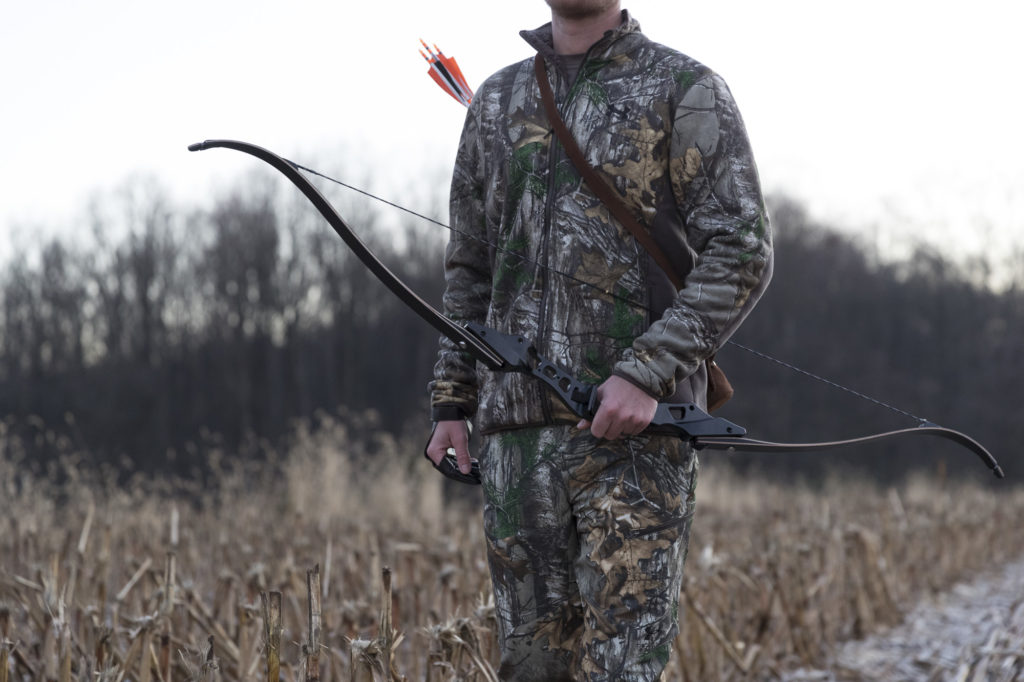
Recap
Using the above outline will help you to better determine the path you should take with your new traditional archer passion.
However, be aware that archery of any type is a technical sport that requires thorough attention to detail.
An overview and comparison of longbows vs. recurve bows is just the tip of the iceberg.
Be sure to continue researching other elements and aspects of trad archery to make sure that you get the right bow and are educated on how to achieve the highest performance and consistency from it.
For more archery related content, be sure to check out our full blog archive on our website.
Also, make sure to connect with us on Facebook, Instagram, and YouTube to stay updated on the latest product information, new product announcements, sales, promotions, as well as contests and giveaways!

